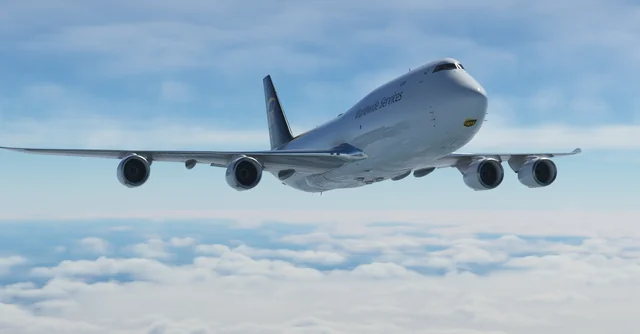The Evolution of Flying Mechanics in Gaming: From Arcade Thrills to Realistic Simulations
Flying mechanics have been a source of fascination and excitement for players. From simple arcade-style shooters to complex flight simulation games, the evolution of flying mechanics in gaming has been a journey marked by innovation, technological advancements, and a quest for realism. In this article, we’ll explore how flying mechanics have evolved over the years and the impact they’ve had on the gaming landscape.
Arcade Era
The earliest flying games emerged during the arcade era, offering players simple yet exhilarating experiences that prioritized fast-paced action and accessibility. Games like “Space Invaders” and “Galaga” introduced players to the thrill of piloting spacecraft through endless waves of enemies, relying on intuitive controls and responsive gameplay to keep players coming back for more.

Transition to 3D
With the advent of 3D graphics technology, flying games entered a new era of immersion and realism. Titles like “Star Fox” and “Descent” pushed the boundaries of what was possible, introducing players to fully realized 3D environments and dynamic flight mechanics. These games offered a taste of what was to come, paving the way for more ambitious projects in the years ahead.
Flight Simulation Renaissance
In the late 20th and early 21st centuries, flight simulation games experienced a renaissance, fueled by advancements in computing power and graphics technology. Games like Microsoft Flight Simulator and IL-2 Sturmovik set new standards for realism and authenticity, offering players unparalleled control over a wide range of aircraft and environments.
These simulation-focused titles prioritized accuracy and fidelity, catering to a niche audience of aviation enthusiasts and aspiring pilots. With detailed flight models, realistic physics simulations, and authentic cockpit recreations, these games provided players with the most immersive flying experiences yet, blurring the line between gaming and reality.
Accessibility vs. Realism
As flight simulation games became increasingly sophisticated, developers faced a dilemma: how to balance realism with accessibility. While hardcore enthusiasts craved the most accurate flight models and realistic physics simulations possible, more casual players often found such complexities overwhelming.
In response, developers began to explore ways to make flight simulation more accessible to a broader audience. Tutorials, simplified controls, and customizable difficulty settings became common features, allowing players to tailor their experience to their skill level and preferences without sacrificing realism.
Read also about: Air Combat From Arcade to Realism.
The Future of Flying Mechanics
Looking ahead, the future of flying mechanics in gaming is filled with possibilities. Advancements in virtual reality technology promise to take immersion to new heights, allowing players to step into the cockpit and experience flight like never before. Meanwhile, developments in artificial intelligence and procedural generation could revolutionize the way flying games are designed and experienced, creating endless opportunities for exploration and discovery.

Conclusion
From the arcade thrills of the past to the cutting-edge simulations of today, the evolution of flying mechanics in gaming has been a remarkable journey. As technology continues to evolve and developers push the boundaries of what’s possible, the future of flying games promises to be filled with excitement, innovation, and endless possibilities for players to explore.



